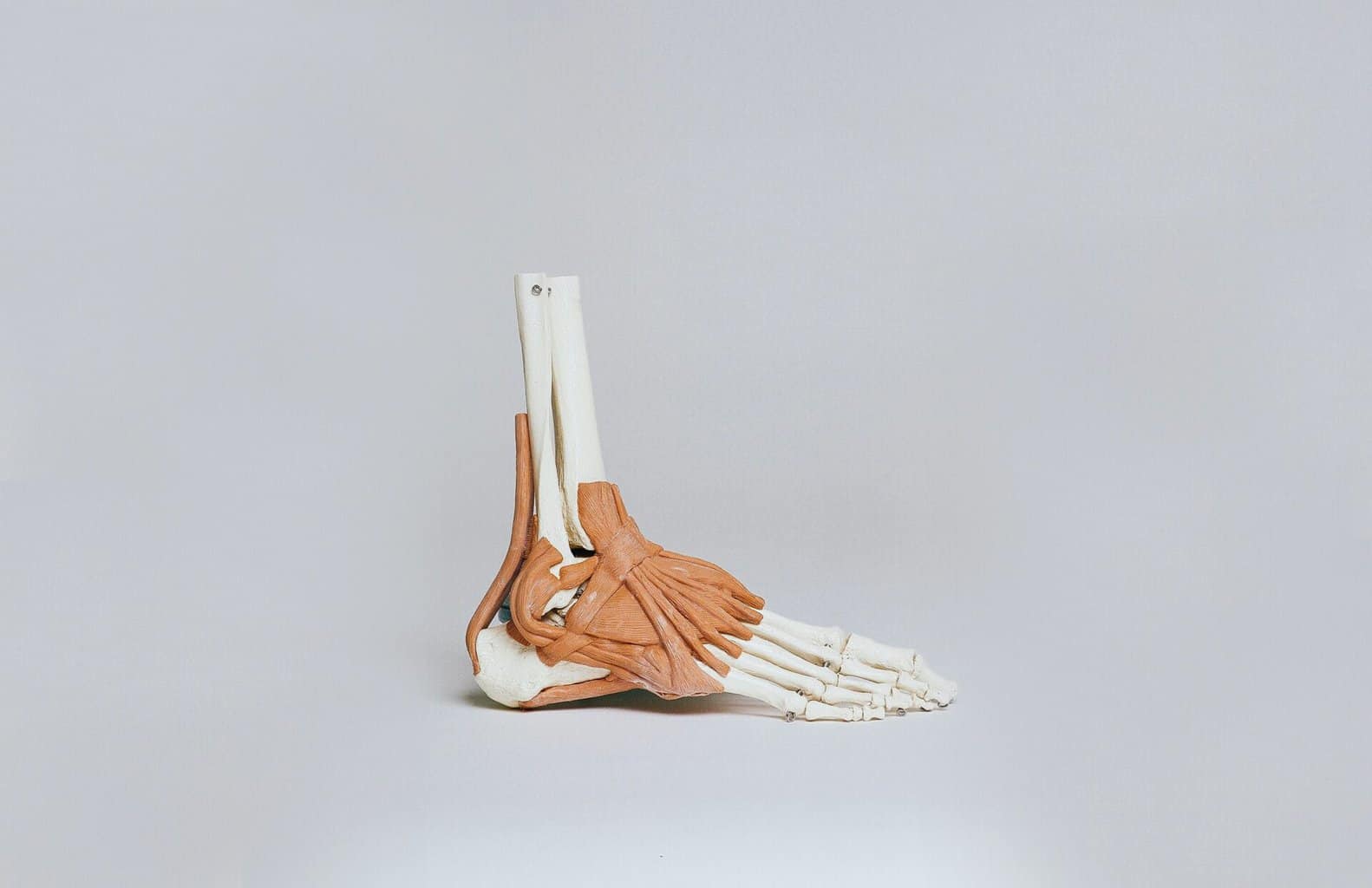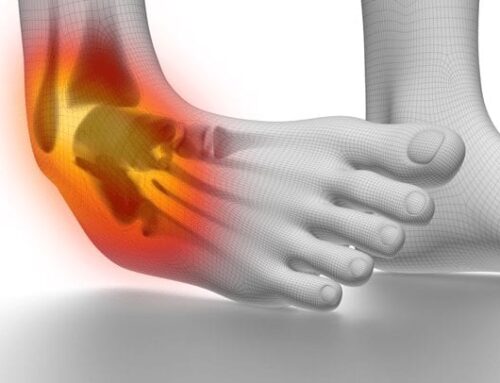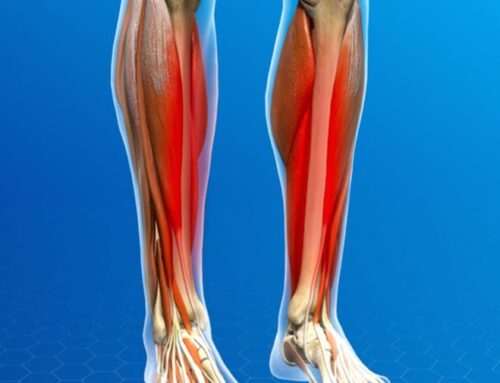
Today we’re talking about all things plantar fasciitis: what is it, what causes plantar fasciitis, who gets it, whether it will heal on its own, the top tips for healing it, and ultimately, how to make sure that you’re choosing the right method of healing for you. As usual, my goal is to help you avoid the worst possible outcome, which is eventually needing surgery to release the plantar fascia. This option should only be reserved for severe cases that aren’t responsive to other treatment methods.
Plantar fasciitis is one of the most common things we see, especially among our many hikers here in Arizona. Plantar fasciitis in runners is common, too. Since we have such good weather all year round, we have a lot of snowbirds that come here in the winters and we have people who make it a point to hike all the Arizona trails as much as they can at least nine or 10 months out of the year.
What does plantar fasciitis feel like?
So how do you know if you have plantar fasciitis? Usually it’s characterized by heel pain at the base of your heels. So where the front of your heel is rather than the back of your heel, and it’s usually the most painful during your first steps in the morning. And then it’ll get better as you walk around throughout the day. But you’ll find that if you sit in one place for a long period of time, and then stand up and start walking around again, it’ll hurt just as badly as it had before. The reason for this is pretty simple…
What is the plantar fascia?
The plantar fascia is a band of thick tissue that runs across the bottom of your foot. And its main job is to support the arch of your foot. So really, if you take your foot and pull your big toe back, what you should feel on the bottom of your foot if you’re touching the bottom of your foot with your other hand, or you can even see it with your eyes is a thick band of tissue rise against the bottom of the skin on the bottom of your foot. This is your plantar fascia.
When your big toe goes back during normal walking or running patterns that fascia is supposed to get really taught to give the arch a lot of rigidity or structure or make it more stable. So when that big toe gets pulled back, it causes strain in that plantar fascia. And oftentimes, whenever you do pull the big toe back, people with really severe plantar fascia will feel that in the area that they have the plantar fasciitis.
Why Won’t Plantar Fasciitis Go Away?
The reason that it starts hurting whenever you get up and you start walking around again is because whenever you’re in a relaxed position, let’s say at night, when you’re sleeping and your feet are in a relaxed position, the plantar fascia begins to heal. And over, then in the morning, when you go to get up, it causes retearing of whatever has healed.
So you’re just kind of stuck in this state as if you had a paper cut, and it was healing overnight. And then you went and pulled that paper cut open each morning. You’re basically starting with a fresh new injury. Now, the reasons that the plantar fascia gets so irritated to begin with is ultimately what’s known as a degenerative condition. What that means is that it doesn’t happen in one big fell swoop or injury, but it happens over time. So by the time that individuals start experiencing any sort of heel pain, they’ve actually had the degeneration in their plantar fascia for a much longer period of time
What Causes Plantar Fasciitis?
Typically, the reason for this is because of some sort of altered mechanics or poor load sharing between the hip, knee, and ankle so the arch is excessively collapsing over a long period of time. Now, another cause of it could be calf tightness. So basically what happens is, during normal walking, if your calves are tight, or your hips are weak, you will have a collapse of your arch. This is called pronation.
What is Pronation?
A lot of people have heard about pronation. For a long time, it’s been made out to be the devil because it can cause so much injury to your foot, knee, and even your hip. It can cause altered shock absorption, which causes back issues over a long period of time. But pronation has been over demonized, and your body actually needs some amount of pronation in order to absorb shock and force during normal walking or during running.
A lot of people have been sold into anti-pronation shoes or really rigid orthotics that don’t allow for any pronation because pronation should be avoided at all costs. But that’s not the right path. The truth is that if you have footwear or foot support that is too rigid, it’s actually going to cause other issues up the chain, whether that’s going to be in your knee, hip, or back, because the arch doesn’t give at all.
What’s important to know is that you do need some pronation. But excessive pronation caused by either weak ankle and foot muscles, tight calves, or weak hip muscles is what ultimately causes excessive pronation again and again over the day, which stretches the plantar fascia again and again and again, ultimately leading to degeneration that causes plantar fasciitis.
Who Gets Plantar Fasciitis?
Anybody can get plantar fasciitis. It can be a young athlete, it can be an older individual, it can be hikers, it can be people who walk golf courses, or anybody who’s generally more active, or people who are a little bit more sedentary that have put on a little bit of weight over the past few years and haven’t kept up with strengthening or cardiovascular activity.
The arch isn’t prepared to accept the increase in load, and, over time, you’ll start to experience that degeneration.
Will Plantar Fasciitis Go Away On Its Own?
One question that a lot of people have is will plantar fasciitis just heal on its own or go away? And the answer is that it might get better for a little while if you take enough NSAIDs or anti-inflammatory medication and you ice it, and you stretch your calves and things like that.
However, if you don’t figure out why it happened in the first place, for example, if it’s if it has hip weakness, which is caused by a pelvic rotation, or if it is that your muscles in your foot and ankle don’t have the appropriate stability and control or you’re lacking joint mobility in your ankles, so it causes your arch to collapse.
If you don’t fix the primary reason that it’s happening in the first place, even though it goes away for a little while, what a lot of people struggle with is that it rears its head and comes back again later on.
Treatment For Plantar Fasciitis
Hip, ankle, and knee dysfunction often causes plantar fasciitis. The key to getting a long-term solution is identifying and treating that root cause. Since plantar fasciitis can be caused by imbalances in a variety of areas in the body, it’s important to have a movement specialist diagnose the issue to design a treatment plan that will correct the root issue in your body.
All of our doctors at The Doctors of Physical Therapy practice a root-cause-focused approach to treatment. The doctors go beyond symptom reduction and instead assess and address issues in the entire body to correct the cause of the issues and prevent them from recurring, so you can confidently get back to the life you love.
Call our doctors at (480) 482-0561 to set up a free consultation where you and the doctors will design a roadmap to healing.






